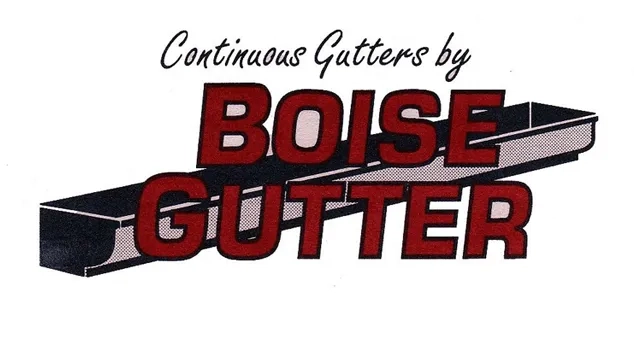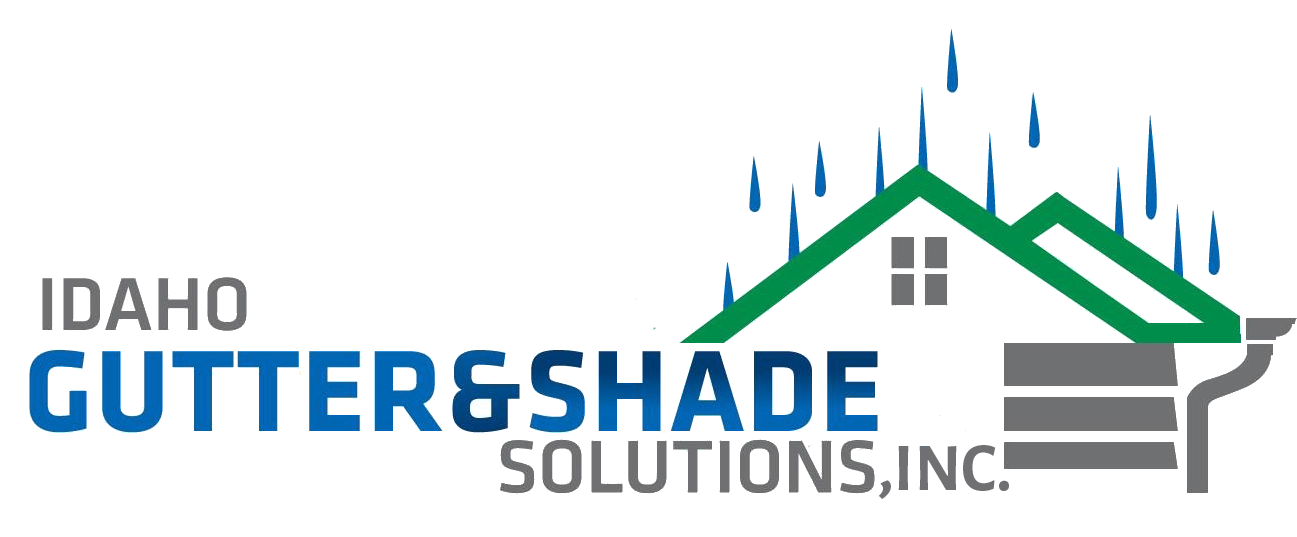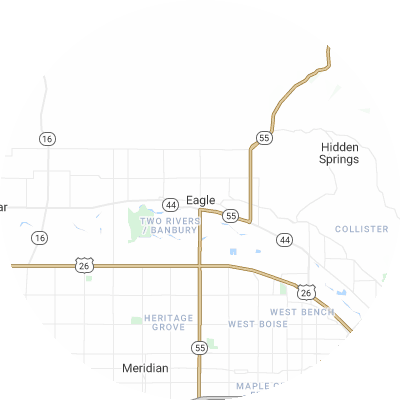Signs You May Need Gutter Guards
While gutter guards aren't always necessary, indicators of congested gutters are usually clear. Signs of chronic gutter issues include:
- Soggy ground or visible erosion around your foundation
- Leaky seams or joints where water leaks from the gutters
- Visibly saggy, damaged, or misaligned gutters that no longer correctly direct rainwater
- Mold growth, interior wall stains, or peeling exterior paint on walls near gutters.
- Frequent clogs that lead to overflow and water spilling over gutters
How To Choose a Gutter Guard Installer
Assess Their Experience
Look for an experienced gutter guard installation provider that has been in business for multiple years and has installed a wide variety of guard types and models. These companies know how to properly take measurements and handle the installation of gutter guards on your unique home setup. Ask how long they’ve been in business and request local referrals.
Verify Proper Licensing and Insurance
Always verify your gutter guard installers are properly licensed, bonded, and hold general liability insurance and workers compensation. This protects you from liability for any accidents or injuries that might happen. Ask to see current licensing and insurance papers when speaking to potential providers.
Choose Reputable Brands
Look for reputable gutter guard brands such as LeafFilter and Gutter Helmet when selecting an installer. Avoid generic no-name or off-brand guards, which likely have not gone through rigorous quality control testing.
Seek Custom Fit Services
For the best performance, gutter guards need on-site sizing and cutting to match your gutters. Pick a company that takes specific measurements and trims guards for your house instead of using one-size options. Correctly-fitted guards prevent debris-trapping gaps from forming.
Examine Warranties
High-quality gutter guard installers typically offer 20-year or lifetime warranties that cover rust, clogs, leaks, and other defects. Before picking a company, carefully read through the warranty terms for both workmanship and materials guarantees. Warranties are the best way to safeguard your investment into your gutters.
Check Reviews and Referrals
You should check online reviews on sites such as Yelp, the Better Business Bureau (BBB), or Google Reviews to read about customer experiences. You can also ask neighbors to suggest quality local gutter guard companies. When researching providers, it's best to choose companies with a history of good reviews instead of just a single review.
Types of Gutter Guards
The six primary types of gutter guards include the following:
- Brush guards are exactly what they sound like: large brush bristles that sit in your gutters and let water through while catching debris. On average, you can expect to pay $4.03 per linear foot for brush guards.
- Foam guards are lightweight and easy to install. This type of guard catches debris on the foam and keeps it out of your gutter. On average, you can expect to spend $2.45 per linear foot for foam guards.
- Screen guards have large holes that let water through while keeping out debris. Screen guards cost roughly $3.92 per linear foot.
- Mesh guards stop debris but let water through. Mesh guards have even smaller holes than screen guards. They're durable and encourage debris to slide off rather than sitting on top of the gutters. Mesh guards cost roughly $3.77 per linear foot.
- Micro-mesh guards are normally the most effective. They have smaller holes than regular mesh guards, which allows even less debris through. On average, you can expect to spend $4.88 per linear foot for micro-mesh guards.
- Surface tension guards, also called reverse curve guards, use surface tension to encourage water to flow into gutters while debris slides off. Typically, they are visible from the ground. On average, you can expect to spend $2.90 per linear foot for surface tension guards.













